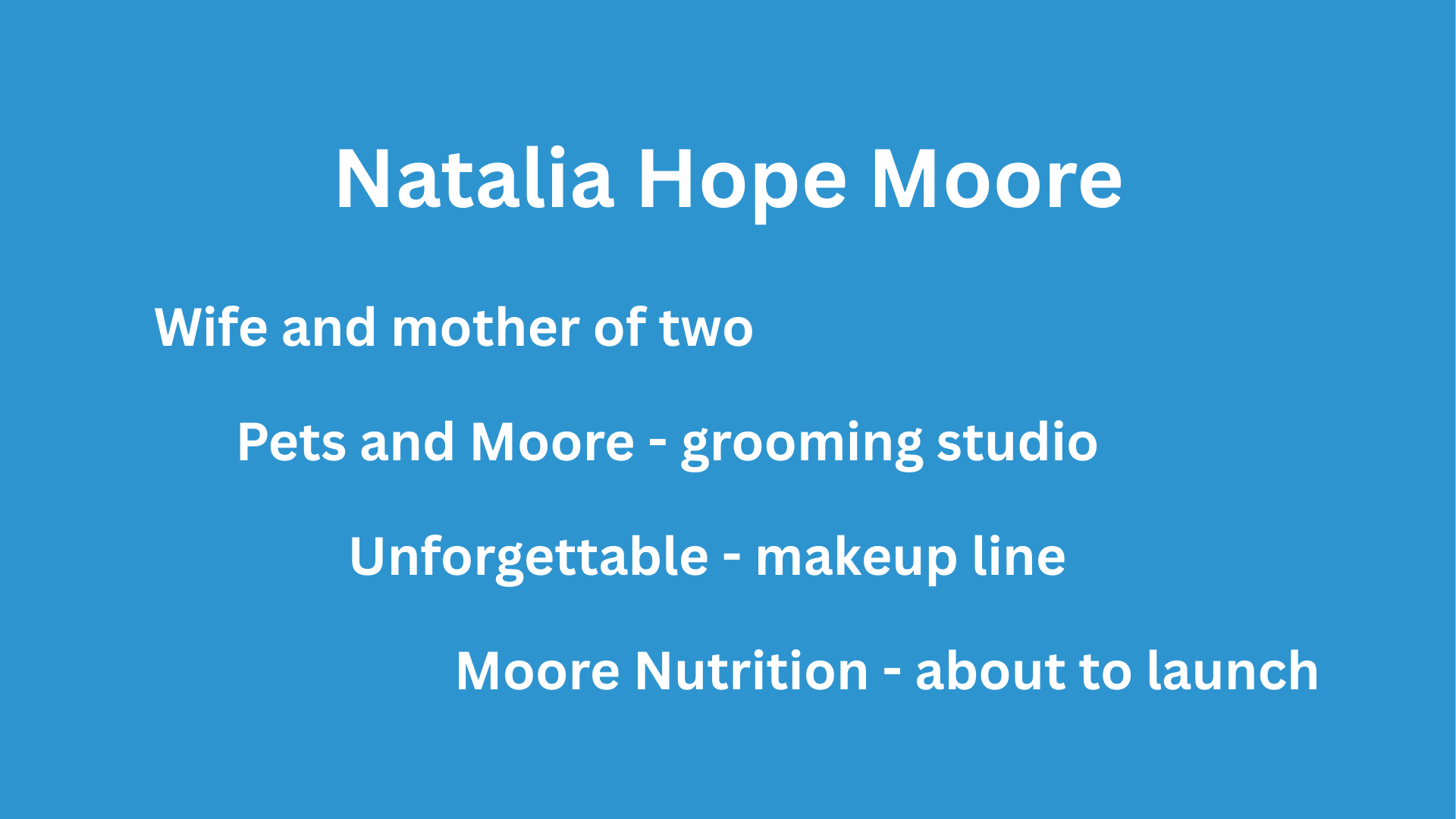
The Turning Point: From Burnout to Mission
In a world increasingly aware of mental health issues, burnout among physicians has emerged as a critical concern. Dr. Jane Smith, a former emergency medicine physician, transformed her own struggle with burnout into a crusade for system-wide changes that prioritize the health and wellness of healthcare practitioners.
Understanding the Epidemic of Burnout
Burnout is not just a personal struggle but a public health crisis. Studies indicate that as many as 50% of physicians experience significant levels of burnout, leading to decreased job satisfaction, increased medical errors, and even early retirements. The normalization of this phenomenon has left many questioning, "Who gets to be well in America?" especially in high-pressure roles.
The Broader Context of Health and Wellness
Dr. Smith advocates for a critical examination of why burnout is prevalent, emphasizing that the structural challenges within the healthcare system contribute to this condition. The lack of support and resources plays a significant role, and Dr. Smith’s past experiences shed light on the pressing need for systemic reform. Her insights resonate with broader discussions about health and wellness, illustrating that physician burnout is intricately linked to patient care quality.
Lessons from Personal Experience
Dr. Smith’s journey exemplifies the connection between personal health and systemic issues. After stepping back from her practice, she became a voice for those who feel trapped in unsustainable work environments. Her transition from physician to advocate demonstrates the importance of self-care and discernment in medical practice.
Counterarguments and Diverse Perspectives
The conversation surrounding physician burnout often invites diverse perspectives. While some argue that personal resilience can mitigate burnout, Dr. Smith emphasizes that it is not solely the responsibility of the individual. This viewpoint fosters a more holistic understanding of wellness that takes institutional responsibilities into account. By breaking this complex issue down to its roots, we can begin to address the systemic barriers that contribute to burnout.
Future Predictions: A Shift Towards Wellness
As more healthcare systems acknowledge the significance of mental well-being in their practitioners, Dr. Smith predicts a gradual shift towards wellness culture. Initiatives that promote mental health support, flexibility in scheduling, and appropriate staffing levels could redefine the healthcare landscape, enabling practitioners to thrive rather than just survive.
Actionable Insights for Individuals and Institutions
For healthcare professionals, taking action means advocating for institutional change while also nurturing personal wellness. Dr. Smith encourages her colleagues to engage in self-care practices—be it mindfulness, exercise, or open conversations about mental health. Meanwhile, institutions must prioritize the mental health of their staff, aligning resources to be more supportive and accessible.
Conclusion: Embracing Change for Well-Being
The experience shared by Dr. Smith highlights the critical intersection of individual health and systemic change. As suburban professionals navigating our careers, we too can draw parallels between her journey and our lives—rallying for mental health awareness and systemic support in all aspects of our work lives. If you’re feeling overwhelmed, remember that seeking help and advocating for your well-being is a vital step towards sustainable health.
 Add Row
Add Row  Add
Add 




Write A Comment